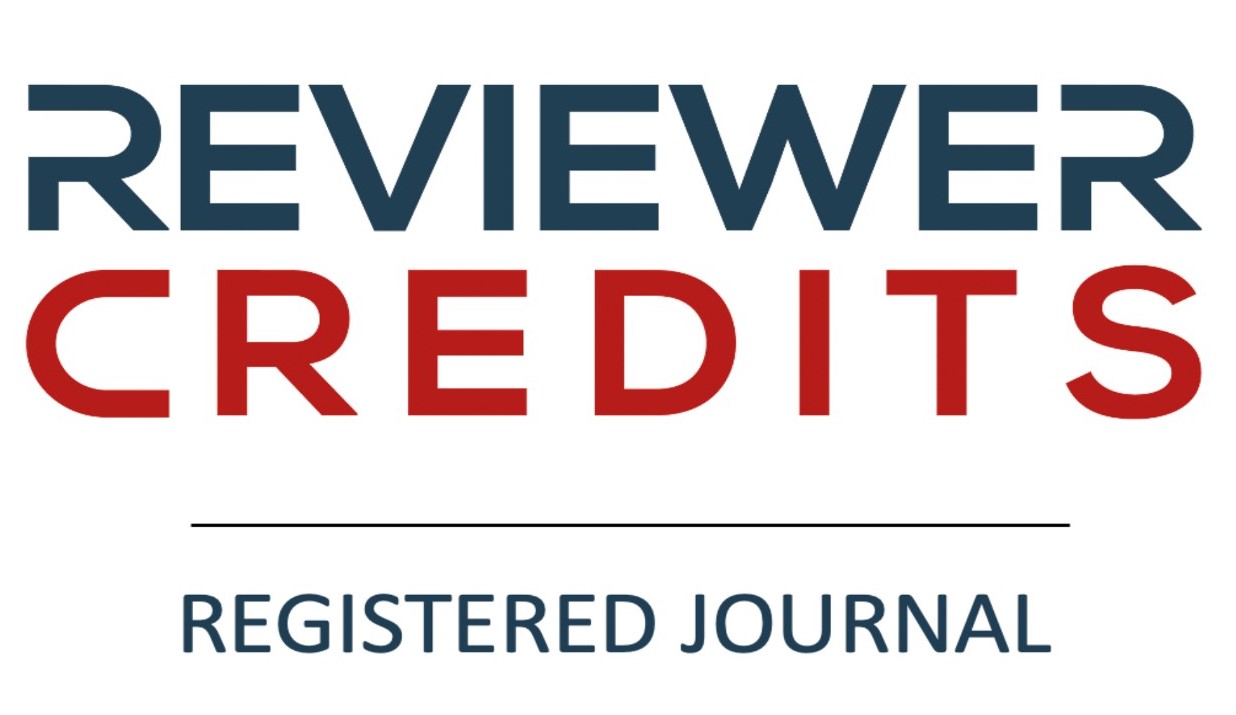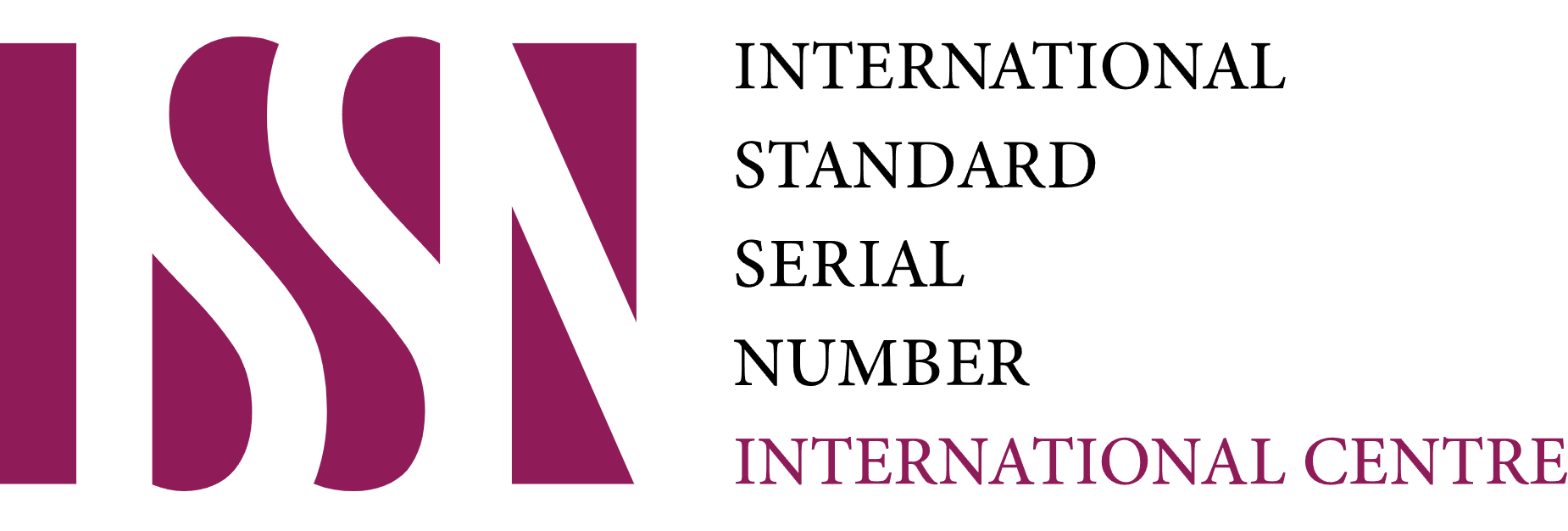PENGARUH WAKTU PEMBERIAN DAN KONSENTRASI BENZYL AMINO PURINE (BAP) TERHADAP PERTUMBUHAN TANAMAN KEDELAI (Glycine max (L.) Merrill)
DOI:
https://doi.org/10.51852/jpp.v3i1.247Abstract
Penelitian ini bertujuan untuk mengetahui pengaruh waktu pemberian dan konsentrasi
Benzyl Amino Purine (BAP) terhadap pertumbuhan dan hasil tanaman kedelai. Penelitian
menggunakan Rancangan Acak Kelompok Lengkap Faktorial terdiri dari tiga faktor dan tiga
ulangan. Faktor pertama adalah varietas yaitu Malabar dan Argo Mulyo. Faktor kedua adalah
waktu pemberian BAP terdiri dari tiga taraf : pada saat 15 hari setelah tanam (W1), saat inisiasi
bunga (W2), dan saat 15 hari setelah tanam dan inisiasi bunga (W3). Faktor ketiga adalah
konsentrasi BAP terdiri dari tiga taraf: 0, 50, dan 100 ppm, sehingga terdapat 54 satuan
percobaan.
Hasil penelitian menunjukkan bahwa Varietas Malabar memberikan pengaruh yang
lebih baik, yang ditunjukkan oleh jumlah daun yang lebih banyak (33.3 helai) dari pada
varietas Argo Mulyo (28.6 helai), jumlah biji lebih banyak, bobot biji per tanaman lebih berat,
dan bobot biji per petak lebih berat. Waktu pemberian BAP dengan dua kali pemberian yaitu
pada umur 15 hari setelah tanam dan pada saat inisiasi bunga mampu meningkatkan jumlah
klorofil (41.64 per mm2), bobot 100 biji (18.39 g).
Konsentrasi BAP sampai 100 ppm mampu meningkatkan jumlah daun (32.9 helai),
jumlah klorofil (44.29 per mm2), jumlah biji per tanaman (168.0 butir), bobot 100 biji (18.81
g), bobot biji per tanaman (30.93 g), dan bobot biji per petak.
Downloads
Published
Issue
Section
License
Authors who publish with this journal agree to the following terms:
1. Copyright on any article is retained by the author(s).
2. The author grants the journal, right of first publication with the work simultaneously licensed under a Creative Commons Attribution License that allows others to share the work with an acknowledgment of the works authorship and initial publication in this journal.
3. Authors are able to enter into separate, additional contractual arrangements for the non-exclusive distribution of the journals published version of the work (e.g., post it to an institutional repository or publish it in a book), with an acknowledgment of its initial publication in this journal.
4. Authors are permitted and encouraged to post their work online (e.g., in institutional repositories or on their website) prior to and during the submission process, as it can lead to productive exchanges, as well as earlier and greater citation of published work.
5. The article and any associated published material is distributed under the Creative Commons Attribution-ShareAlike 4.0 International License













